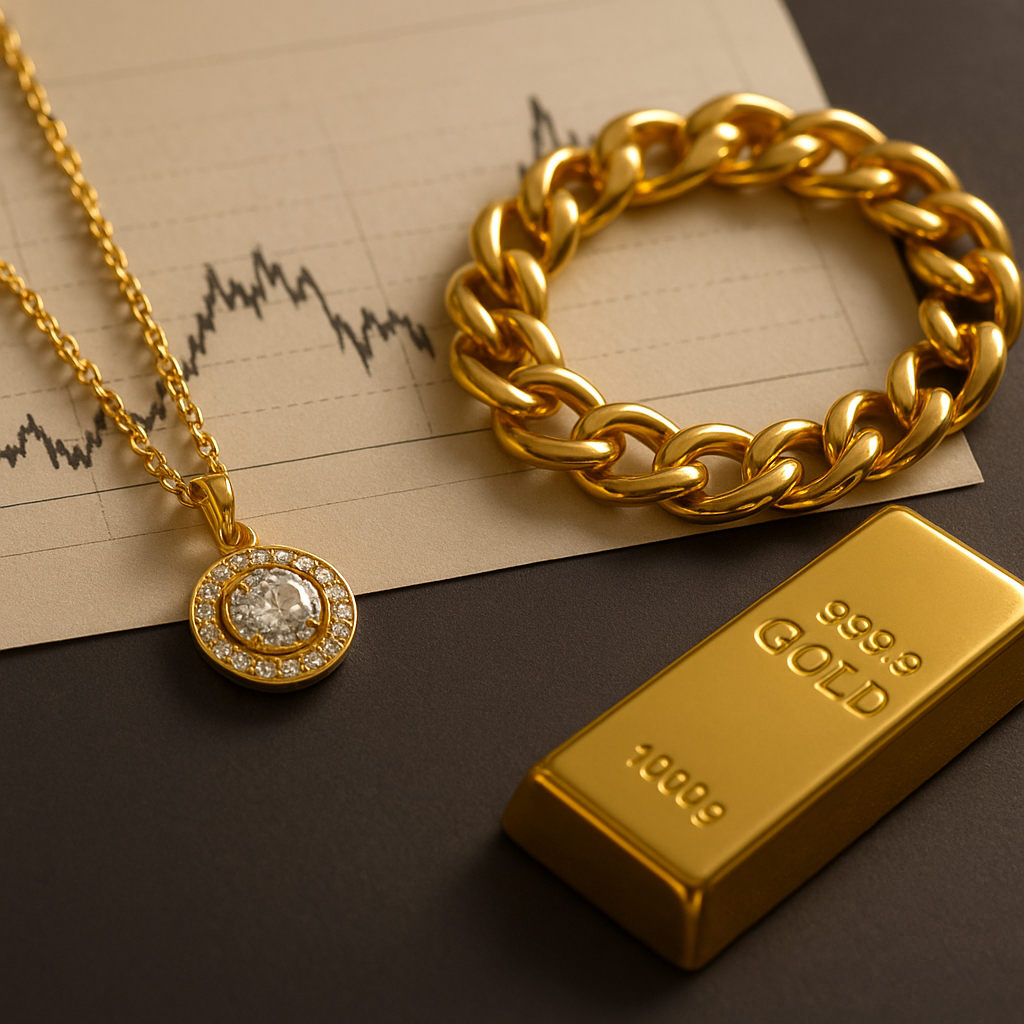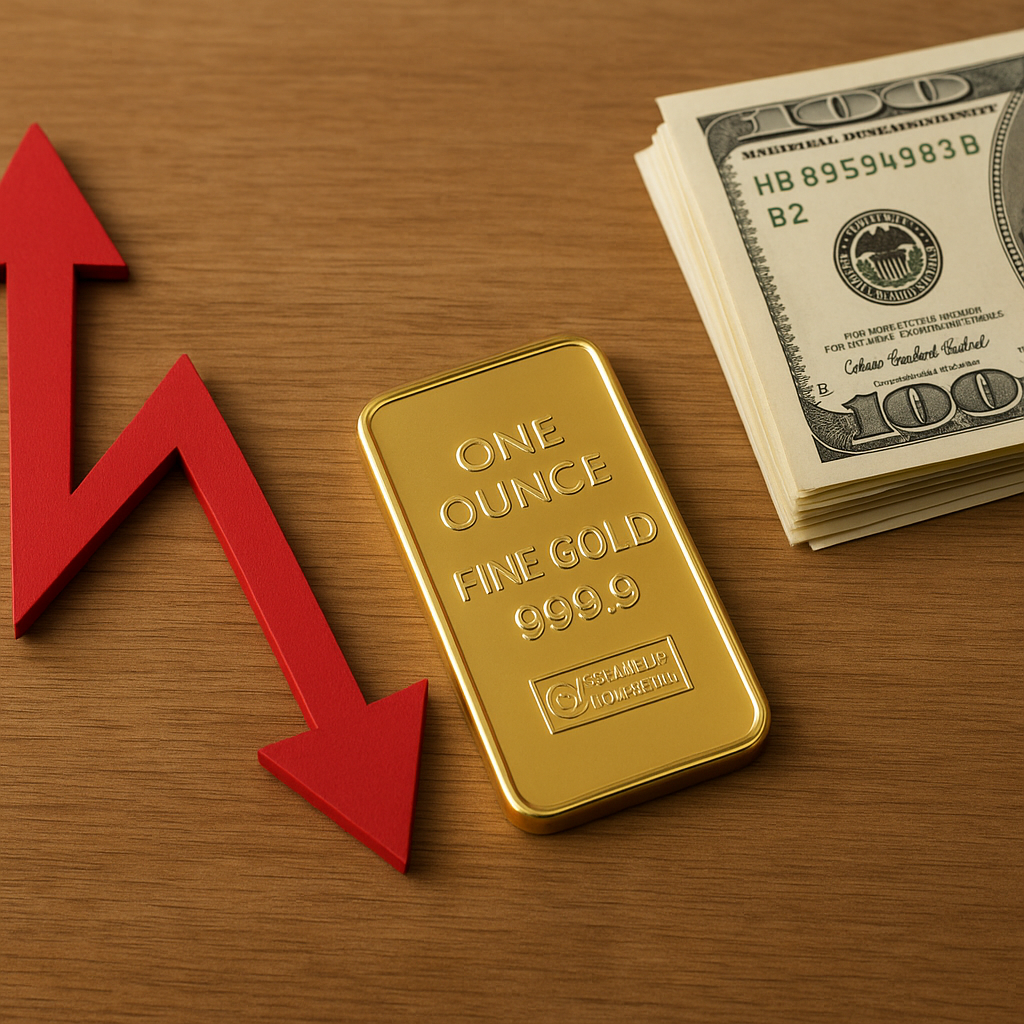Gold has long been considered a safe haven in times of economic uncertainty, and its enduring appeal continues to captivate investors worldwide. As global markets fluctuate and geopolitical tensions rise, the allure of gold as a stable investment option becomes increasingly apparent. This article delves into the reasons why gold remains a reliable refuge for investors, exploring its historical significance, intrinsic value, and the factors that influence its price.
The Historical Significance of Gold
Gold’s status as a symbol of wealth and power dates back thousands of years. From ancient civilizations to modern economies, gold has been revered for its rarity, beauty, and durability. Its use as a form of currency and a store of value has been documented throughout history, with gold coins and bars serving as a medium of exchange long before the advent of paper money.
One of the key reasons for gold’s enduring appeal is its ability to retain value over time. Unlike fiat currencies, which can be subject to inflation and devaluation, gold has consistently maintained its purchasing power. This stability is largely due to its limited supply; gold cannot be printed or artificially created, making it a finite resource that is highly sought after.
Throughout history, gold has also played a crucial role in times of economic crisis. During periods of hyperinflation, currency devaluation, or financial instability, gold has often been the asset of choice for those seeking to preserve their wealth. Its ability to act as a hedge against inflation and currency fluctuations has solidified its reputation as a safe haven investment.
Intrinsic Value and Market Dynamics
Gold’s intrinsic value is another factor that contributes to its status as a safe haven. Unlike stocks or bonds, which are tied to the performance of a company or government, gold’s value is not dependent on any single entity. This independence makes it an attractive option for investors looking to diversify their portfolios and reduce risk.
The price of gold is influenced by a variety of factors, including supply and demand dynamics, geopolitical events, and macroeconomic trends. Central banks, for example, play a significant role in the gold market, as they hold large reserves and can impact prices through their buying and selling activities. Additionally, changes in interest rates, inflation expectations, and currency values can all affect the demand for gold.
In recent years, the rise of emerging markets and increased demand from countries like China and India have also contributed to the upward pressure on gold prices. As these economies continue to grow, their appetite for gold as both a cultural symbol and an investment vehicle is likely to persist, further supporting its value.
Gold as a Hedge Against Uncertainty
One of the primary reasons investors turn to gold during uncertain times is its ability to act as a hedge against various forms of risk. In an era of unprecedented global challenges, including political instability, trade tensions, and environmental concerns, gold offers a level of security that few other assets can match.
For instance, during periods of geopolitical turmoil, such as conflicts or diplomatic disputes, gold often experiences a surge in demand as investors seek refuge from potential market disruptions. Similarly, in times of economic uncertainty, such as recessions or financial crises, gold’s appeal as a stable store of value becomes even more pronounced.
Moreover, gold’s role as a hedge against inflation is particularly relevant in today’s economic climate. With central banks around the world implementing expansive monetary policies and increasing money supply, the risk of inflation looms large. Gold, with its historical track record of maintaining value, provides a safeguard against the erosion of purchasing power that can accompany rising prices.
The Future of Gold in a Changing World
As the global economy continues to evolve, the role of gold as a safe haven is likely to persist. Technological advancements, such as the rise of digital currencies and blockchain technology, may introduce new dynamics to the gold market, but they are unlikely to diminish its fundamental appeal.
In fact, some experts argue that the advent of digital gold-backed assets could enhance the accessibility and liquidity of gold investments, making it easier for individuals and institutions to incorporate gold into their portfolios. This could further solidify gold’s position as a cornerstone of wealth preservation strategies.
Additionally, the ongoing shift towards sustainable and responsible investing may also impact the gold market. As investors increasingly prioritize environmental, social, and governance (ESG) factors, the demand for ethically sourced and environmentally friendly gold could rise. This trend may encourage greater transparency and accountability within the gold industry, ultimately benefiting both investors and the planet.
Conclusion
In conclusion, gold’s enduring status as a safe haven in uncertain markets is rooted in its historical significance, intrinsic value, and ability to hedge against various forms of risk. As global challenges continue to shape the economic landscape, gold’s appeal as a stable and reliable investment option remains strong. Whether as a hedge against inflation, a refuge during geopolitical turmoil, or a cornerstone of a diversified portfolio, gold’s role in wealth preservation is likely to endure for generations to come.












